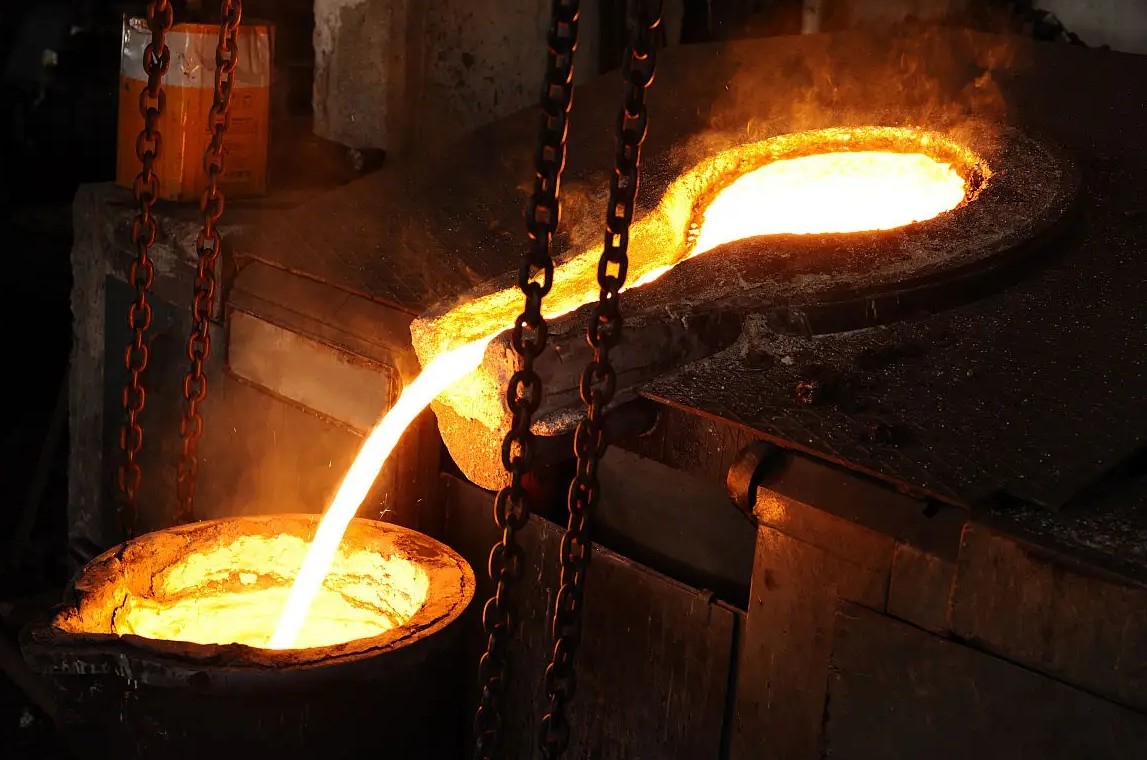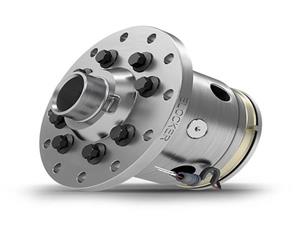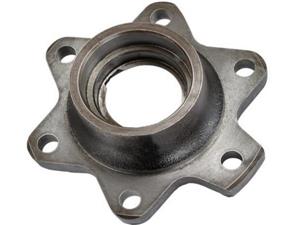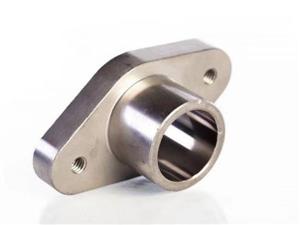The difference between cast steel and cast iron, how to choose
In our daily life, we encounter many cast iron and cast steel products, which can be said to collide with them all the time. Products of these two materials have been used too much in our lives. But many friends still have some hesitation when buying products composed of this product structure, so I want to know what is the difference between cast iron and cast steel? Which is better, cast iron or cast steel?
The difference between cast iron and cast steel:
It is understood that the main difference between cast iron and iron steel is the different carbon content, which directly affects the strength and plasticity of steel. We also call carbon steel carbon steel, which is an iron-carbon alloy with a carbon content WC less than 2%. In addition to carbon, carbon steel generally contains a small amount of silicon, manganese, sulfur and phosphorus. According to the application, carbon steel can be divided into three categories: carbon structural steel, carbon tool steel and free-cutting structural steel. Carbon structural steel is divided into two types: building structural steel and machine-made structural steel. According to the carbon content, carbon steel can be divided into low carbon steel (WC ≤ 0.25%), medium carbon steel (WC0.25% - 0.6%) And high-carbon steel (WC>0.6%) According to the content of phosphorus and sulfur, carbon steel can be divided into ordinary carbon steel (higher phosphorus and sulfur), carbon steel (lower phosphorus and sulfur) and advanced Steel (contains less phosphorus and sulfur) Generally, the higher the carbon content in carbon steel, the higher the hardness and the higher the strength, but the lower the plasticity. Cast iron: an iron-carbon alloy with a carbon content of more than 2%. Industrial cast iron generally has a carbon content of 2% to 4%. Carbon exists mostly in the form of graphite in cast iron, and sometimes in the form of cementite. In addition to carbon, cast iron also contains 1% to 3% silicon, as well as manganese, phosphorus, sulfur and other elements. Alloy cast iron also contains nickel, chromium, molybdenum, aluminum, copper, boron, vanadium and other elements. Carbon and silicon are the main elements affecting the microstructure and properties of cast iron.

Which is better, cast iron or cast steel?
Is it better to cast iron or cast steel? First of all, you need to confirm what you are using. The ductile iron in cast iron is a high-strength cast iron material developed in the 1950s. Its comprehensive performance is close to that of steel. Based on its excellent performance, it has been successfully used to cast some parts with complex stress and high requirements for strength, toughness and wear resistance. Cast steel has less carbon content and good toughness, so steel is more widely used than pig iron. Steel not only has good plasticity, but also steel products have high strength, and generally speaking, mechanical properties such as elongation are better than cast iron.





